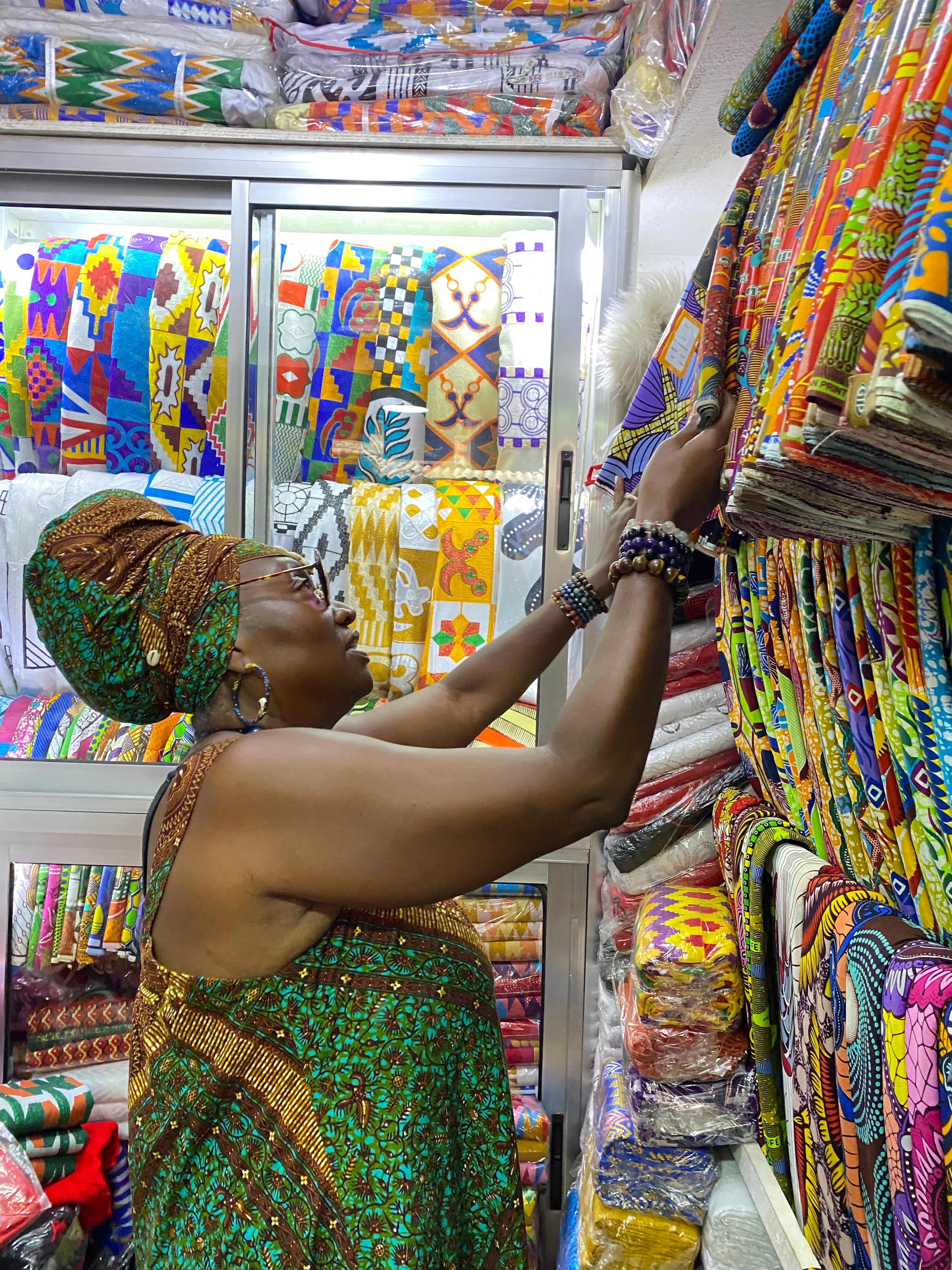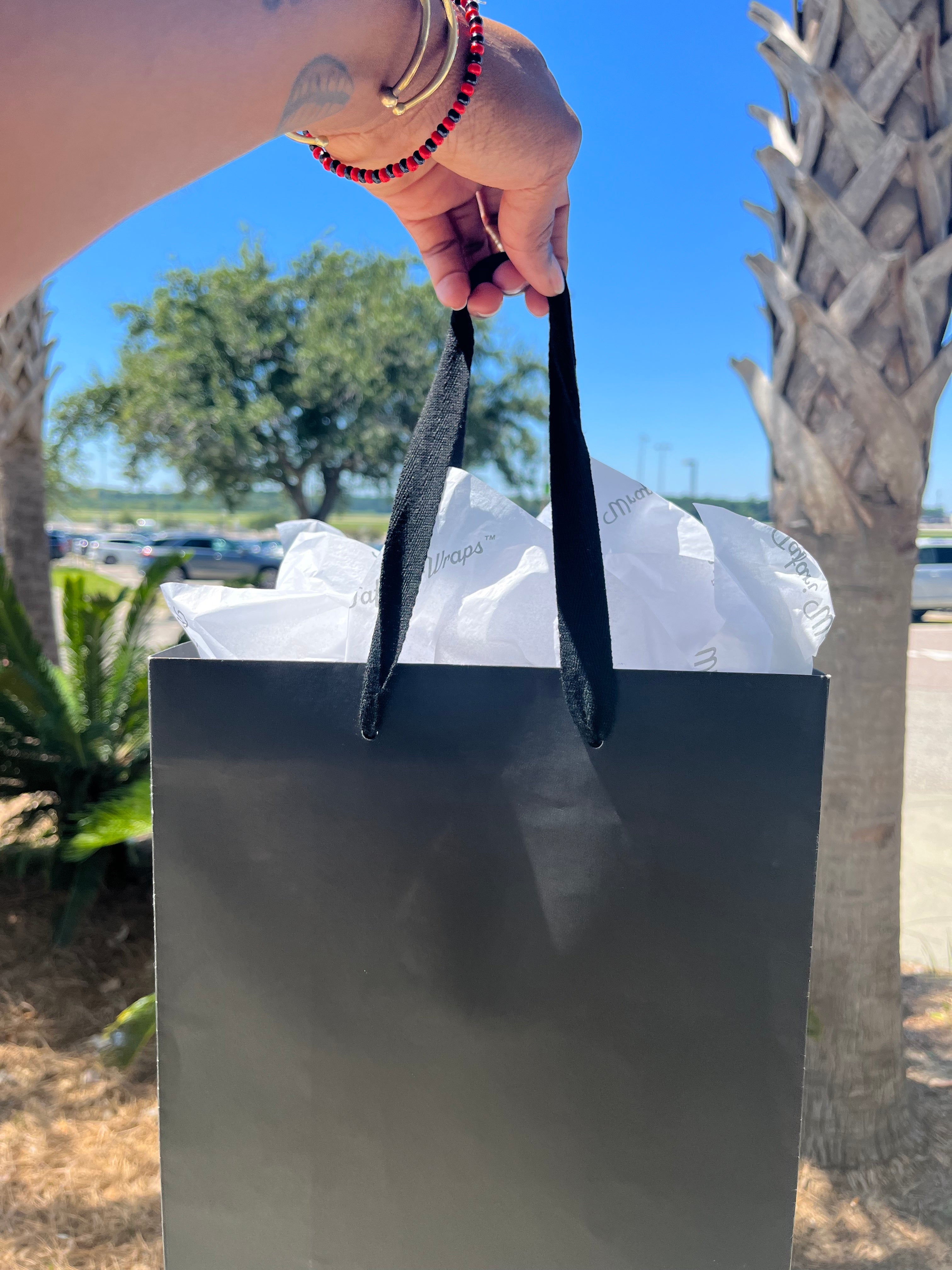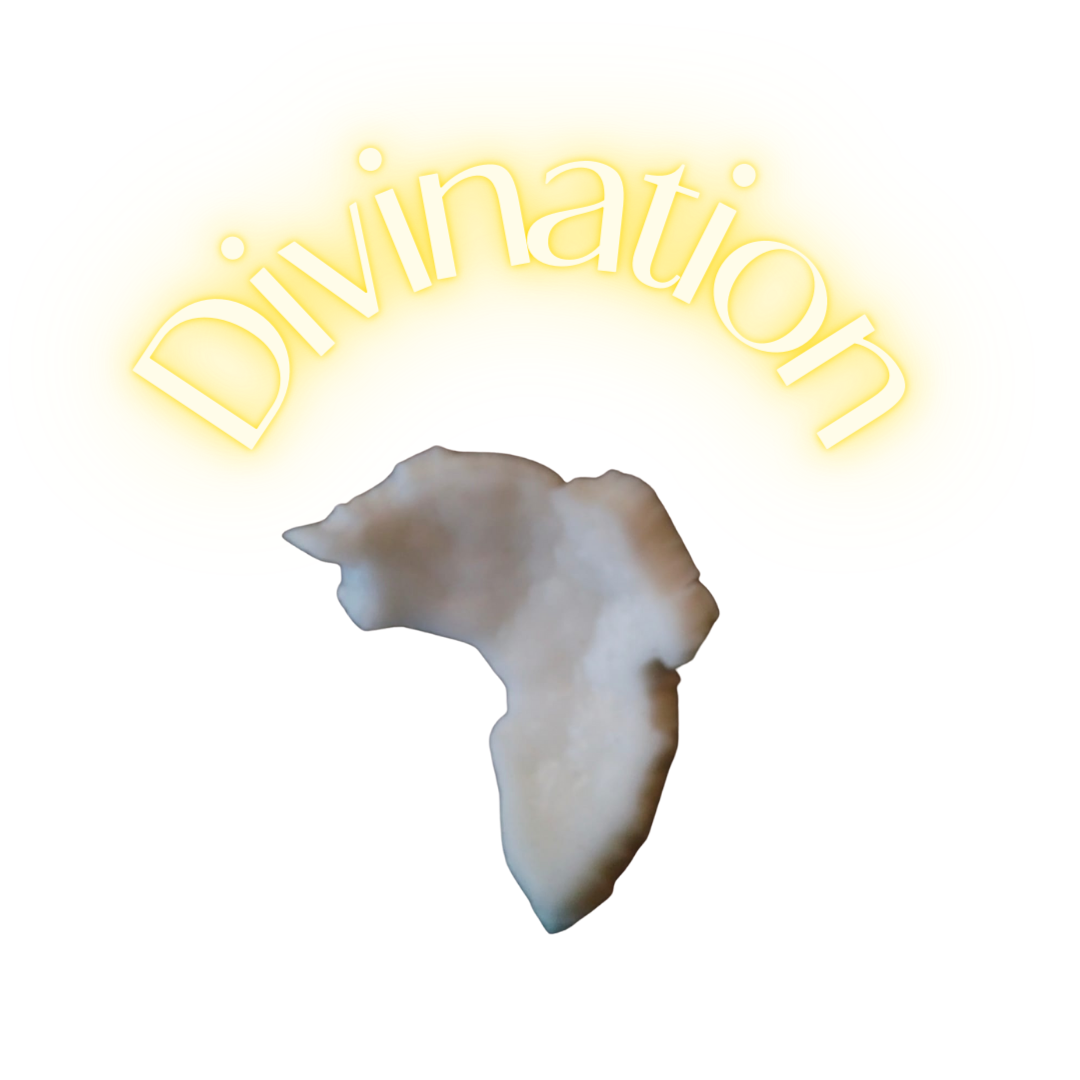Not always because they don’t want to, but most brands don’t talk about the circularity of their wares. Tracking such data from beginning to end of life is not only a multi million dollar project (my shy estimate), but would require all stakeholders to be transparent, an unwillingness often seen amongst fiber producers (the ones who create the fabrics) and the facilities producing the garments. Not to mention, the systems required to be fully sustainable in fashion (apparel, bags, footwear namely) would mean an overhaul of archaic structures should they be a brand’s current operating foundation.
It’s so conflicting, this fashion thing.
First of all- and this is my non academic opinion, there is no 100% sustainable within capitalism. You cannot operate in a system of haves and have nots, profit margins, labor and service without someone (seeing earth as a being!) feeling the choke of production. Many people and landscapes are trampled within the juxtaposition of sustainability and capitalism.
Take Korle Lagoon in Ghana as an example. A large landfill at the banks of Old Fadama receiving obroni wawu here, aka dead white man’s clothes, from the UK, Europe, North America, and Australia, Korle Lagoon is a dangerous toxic waste site seeping methane, CO2 and the soil knows what else into what should be regenerative land sustaining its community members. You can read more about that . These landfills can be found in Kenya and other Black and Brown nations raped by colonialism.
While the intention can be seen as a just upcycling of used clothes- not the same as vintage of course, that’s more upscale, the reality is that over 40% of the clothes sent in bales to Ghana, Kenya, Cote d’Ivoire, and Burkina Faso to name a few, are unsellable and undesirable. From stains to poor quality craftsmanship, these polyester and rayon riddled articles find their way tightly bound together in the ocean, on the beach, and creating landfills that even the World Health Organization admits to being out of control. So much so, one exploded from the compacted methane causing a massive fire- not once, but twice! Fortunately, this site has since been closed and capped.
It feels impossible to control and prevent large scale textile waste but panelists from this winter’s Tex World conference at the Jacob Javits Center offered some real solutions- albeit most are EXPENSIVE!, especially for a design house like Tafari Wraps.
- Account for waste in your PNL
- Damaged goods and returns
- Unsold Inventory
- End of Life Use
- Partner with companies such as Fabscrap, NYC to recycle your unused fabrics to turn into shoddy, an insulation material used in construction
- Source deadstock from design houses (Imani did this in her earlier days as a couture designer)
- Government laws outlying proper disposal of textiles, like was implemented in MA last year
- Digital ID Technology to track a product from beginning to end of life (This requires major dollars!)
For Tafari Wraps, we do what we can as a self-funded mother-daughter duo with our own atelier/ studio. Ashanti Bands and scrunchies are born from the cut offs of head wraps and head bands like Double Helix and Pussywillow. We shop our fabric in small batches after Imani has an idea for its usage. While we do not know the exact origin of all our imported textiles and homeware, we do ask the questions of origin and meaning at the time of purchase. These are answers third party suppliers often cannot provide and neither can the sales women at the market. As such, we are on a mission to directly source wax prints and African textiles (indigo, bogolanifi, woodin, kente, bazin) from the mill. This will be a lengthy project requiring patience, human capital and big dollars but we’re up for the challenge.
How dope will it be to know when you shop Tafari Wraps, the textile is designed and owned BY Tafari Wraps? Cool, huh!
We have big dreams rooted in a sustainability that not only caters to mama earth but to the artisans and people making production possible. To be sustainable for us is to know the manufactures, know the dyes and fibers used, to know the employees whose hands touch our goods, and to pay livable wages to all on our payroll. We are confident that our values will translate to a greater good. This is not about becoming billionaires but about bridging gaps in cultural understandings while supporting the whole person and communities within which we live. Is that really too much to ask?
If you’re new here, been here since 2006, 1985 or just passing through, thank you for joining us on our mission to be stewards of a clean future. Together- especially with policy!, we will!
Think it. Feel it. Live it.
Life without boundaries manifested through spirit!
Asé,
Delmeshia Haynes
- Natural dyes require 3x the water to bind to cloth
- 60-70% of our wardrobe is fossil derived
- 80% of product impact begins at the design phase








